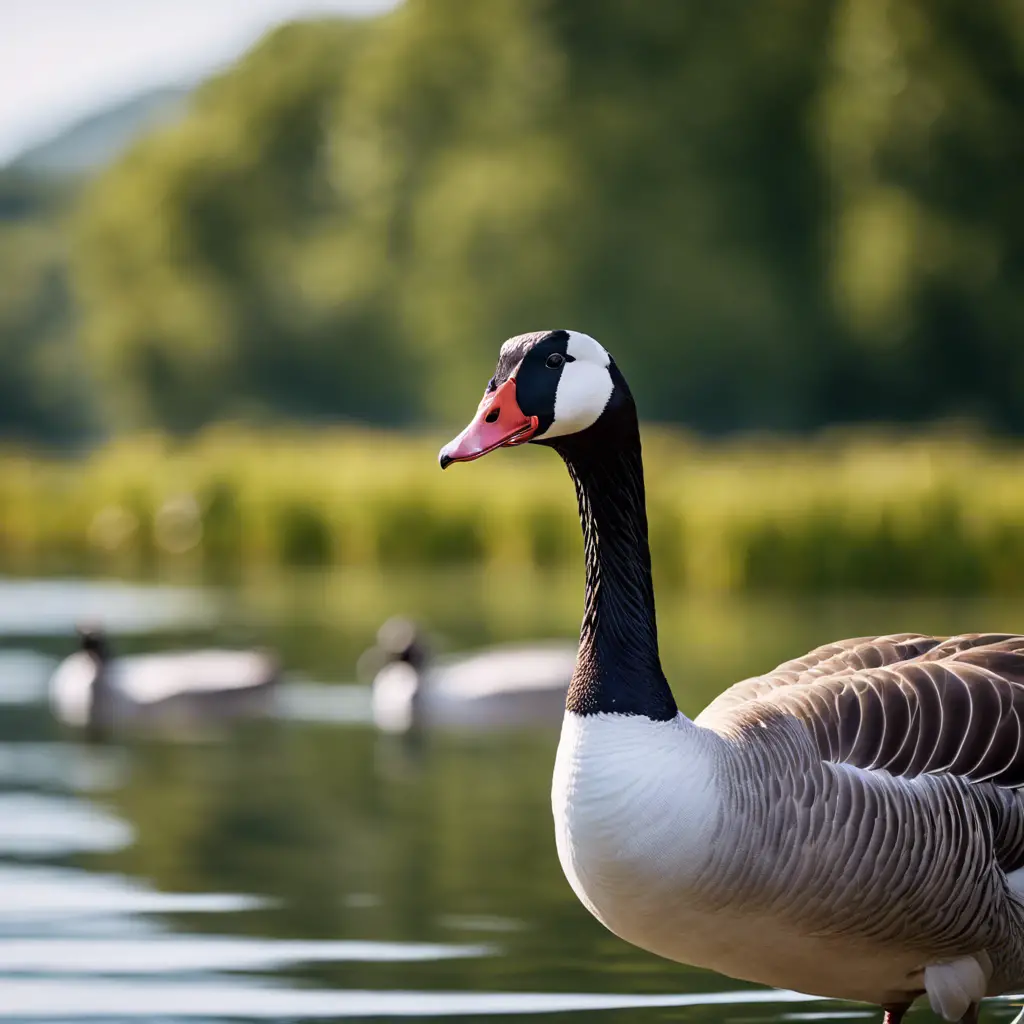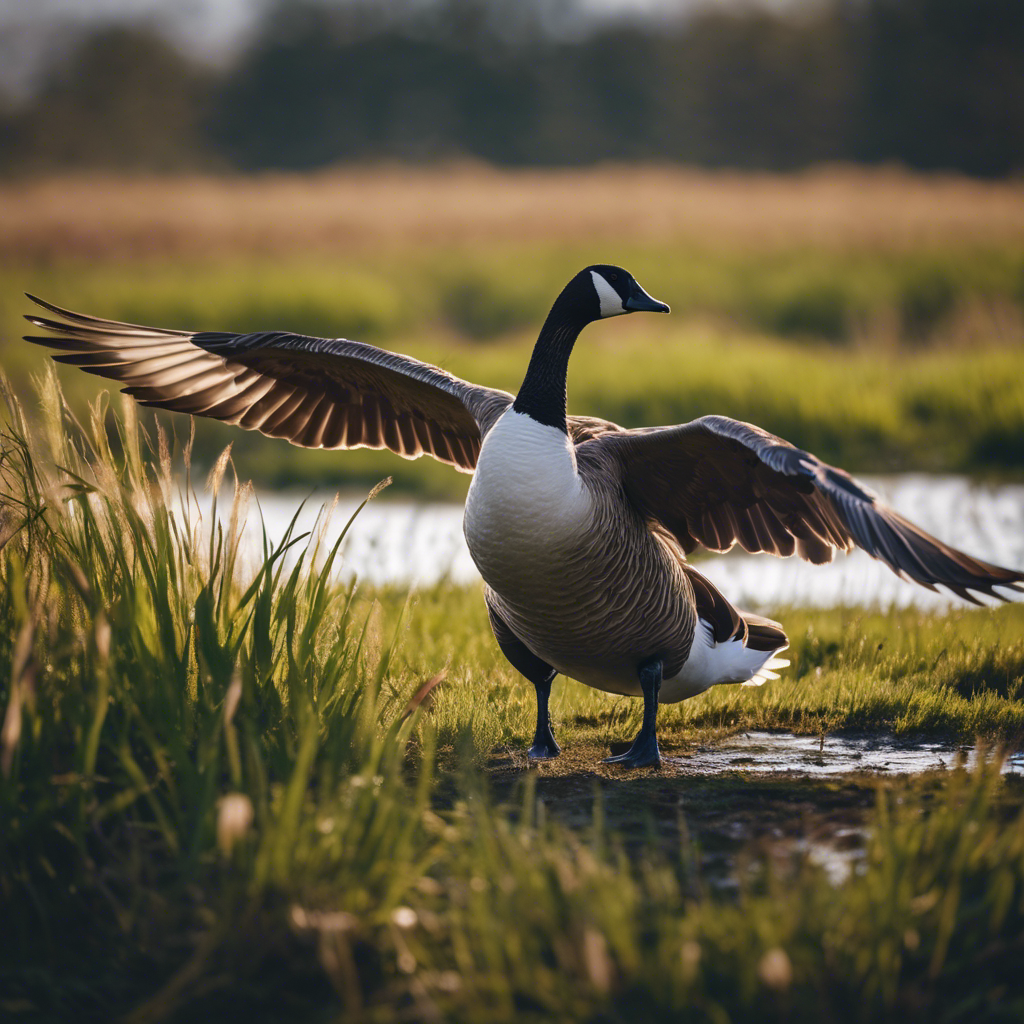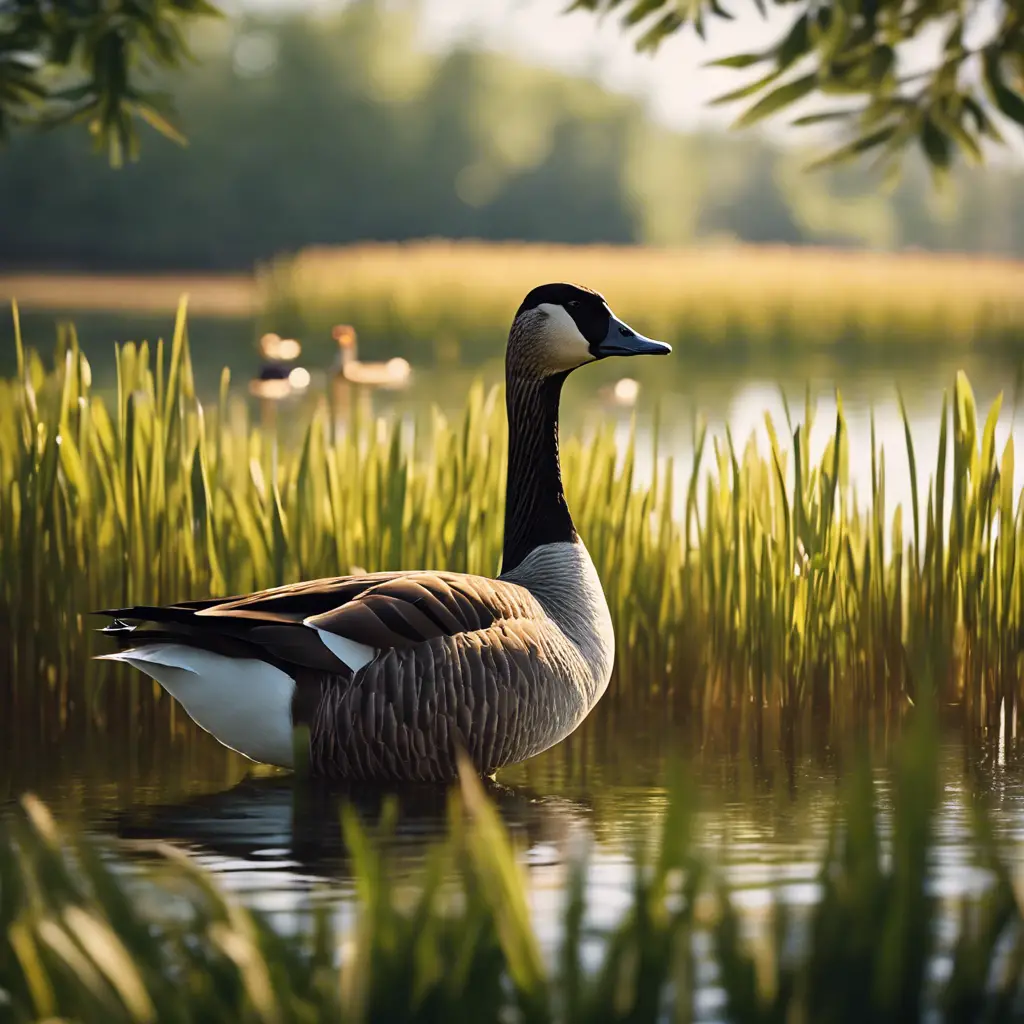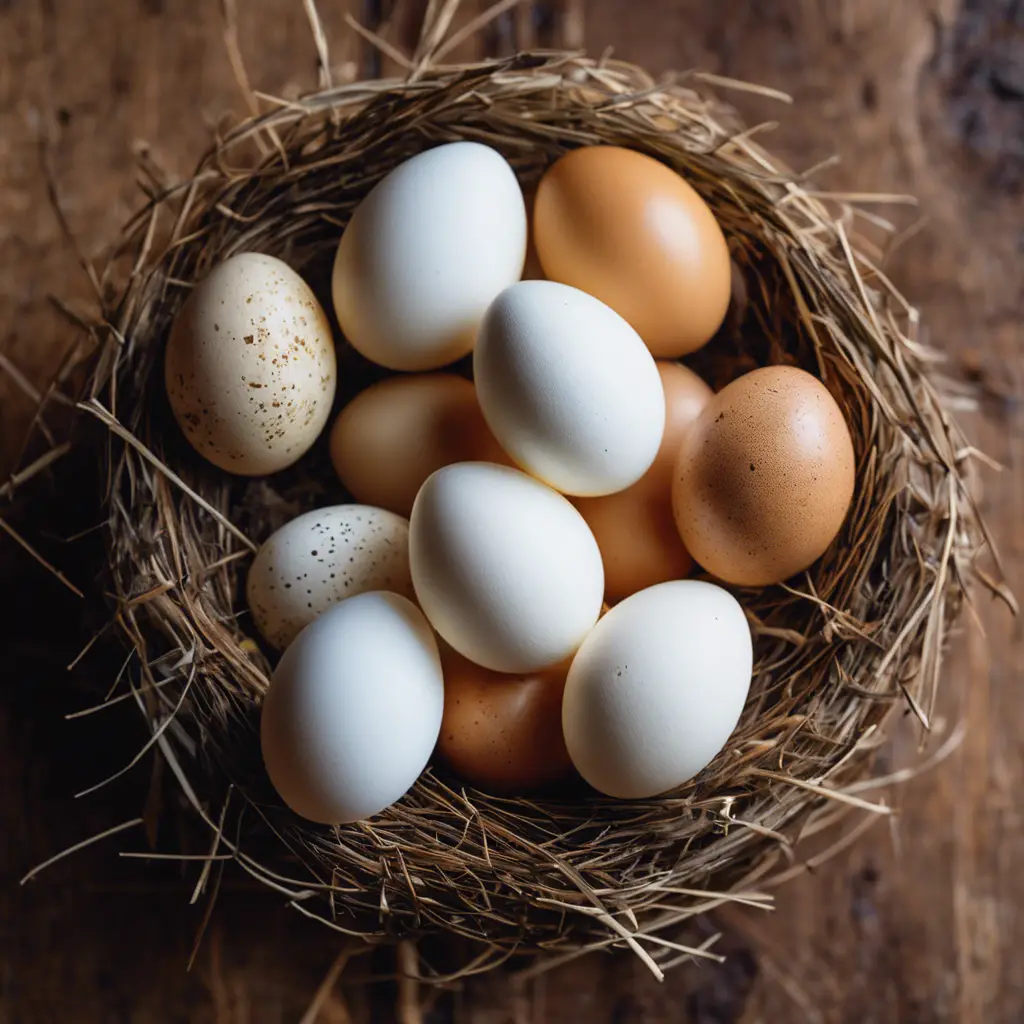During my years as an ornithologist, my experience with geese has been profoundly enlightening. I believe their calls are a language I’ve grown to interpret.
Once, amidst a tranquil dawn, I sat by a lake, absorbed in the cacophony of honks, murmurs, and hisses. As a couple of geese swam by, their gentle murmurings spoke of an intimate bond, and I realized I was privy to their tender dialogue.
When a distant honk suddenly pierced the air, the flock tensed, ready to respond to the warning. In those moments, I understood the depth of their communication, a testament to nature’s complexity.
Key Takeaways
- The classic honk of a goose is a multifaceted vocalization used for communication within the flock.
- Geese engage in subtle communication through body language and visual signals.
- Geese use vocalizations to alert the flock of danger, assert dominance, and communicate during mating and nesting seasons.
- Understanding goose communication is important for navigation, social structure, and reducing conflicts.
The Classic Honk Explained

The classic honk of a goose is a multifaceted vocalization that serves as a crucial communication tool within the flock, particularly during migration and when signaling the presence of threats.
As a North American goose navigates vast distances, it relies on a symphony of sounds, including honks, to maintain the V-formation and coordinate movements. These vocal cues are essential for indicating direction changes and ensuring the group remains cohesive.
Each honk, whether a bark, cackle, or grunt, can denote different needs or dangers. Specific alarm calls are crafted to alert to varying threats, triggering an immediate group response to protect one another.
The honk’s reach, warning others from afar, highlights its significance in the complex social structure of geese.
Quiet Goose Communications

Beyond the well-known honks, geese also engage in a subtler form of communication through body language and visual signals, which Quiet Goose Communications deciphers and teaches. You’ll learn that geese convey a myriad of messages through nuanced behaviors. These include specific postures, feather ruffling, head tilting, and wing positioning.
Quiet Goose Communications offers workshops to help you interpret these signals accurately. Their scientific approach is grounded in ethology, ensuring that the information you receive is both detailed and reliable.
Their training equips you to interact with geese peacefully, aiming to reduce conflicts that arise from misinterpretation. With Quiet Goose Communications’ guidance, you’ll gain the ability to respond to geese effectively, fostering harmonious coexistence without relying solely on vocalizations.
Alarm Calls and Aggression

While you’ve learned to recognize the subtle cues of a quiet goose, it’s equally important to understand their vocal alarm calls and aggressive sounds, which signal immediate threats and territorial disputes. Geese use a variety of vocalizations to communicate, but when it comes to alerting the flock of danger or asserting dominance, their calls become much more urgent and intense.
| Vocalization | Purpose | Characteristics |
|---|---|---|
| Honking | Establishing territory | Loud, repetitive |
| Hissing | Aggression | Sibilant, threatening |
| Alarm Calls | Alerting danger | Sharp, high-pitched |
The sharp alarm calls are particularly crucial, as they are designed to grab the attention of the flock and prompt a collective response to potential threats. Honking, while often associated with communication during migration, also doubles as a warning signal.
Mating and Nesting Calls

As geese enter their mating and nesting seasons, you’ll hear an array of distinct vocalizations, from the deep, resonant honks used in courtship to the soft grunts signaling comfort and contentment within the nest. These sounds aren’t just random noise; they’re crucial communication tools.
During courtship, the honking serves as both a mating call and a display of vitality.
The nesting period brings about more nuanced sounds, such as hissing and squawking, which communicate a range of emotions and intentions, from aggression when defending the nest to fear or annoyance in response to disturbances.
Additionally, these vocalizations play a vital role in maintaining pair bonds and coordinating parental duties, ensuring the safety and success of their offspring.
Frequently Asked Questions
What Is the Sound of Goose?
You’re asking about goose vocalizations; they’re known for their honking. These sounds serve as communication, especially during flight or when signaling danger. Their honks can be loud and are distinctive among bird calls.
Do Geese Honk or Quack?
You’re wondering whether geese honk or quack; they predominantly honk. This loud, trumpeting call communicates with their flock, warns of danger, and establishes territory, differing from the quack associated with ducks.
What Is the Sound Made by a Goose Called?
You’re likely hearing a “honk,” the term for the sound geese make, often to communicate, establish territory, or signal alarm within their flock during various activities, including migration.
What Is It Called When Geese Make Noise?
When geese vocalize, it’s called honking. They’ll also hiss, squawk, and grunt to communicate, especially during migration to navigate, signal danger, or maintain flock cohesion. Your recognition of these sounds can indicate their intent.
Conclusion
You’ve learned that geese have a diverse vocal repertoire, with the classic honk being a multifaceted tool for communication. They emit softer sounds for intimate interactions and use piercing alarm calls when threatened.
During mating and nesting, their calls become more complex, reflecting their intricate social dynamics.
Remember, each goose’s call is more than noise; it’s a precise language evolved for survival and social connection in the wild.

An avid ornithologist, zoologist and biologist with an unwavering passion for birds and wild animals.
Dr. Wilson’s journey in ornithology began in childhood and led him to obtain a Ph.D. in Ornithology from the prestigious Avian Research Institute. He has worked closely with renowned experts in the field and conducted extensive research and field studies globally.


